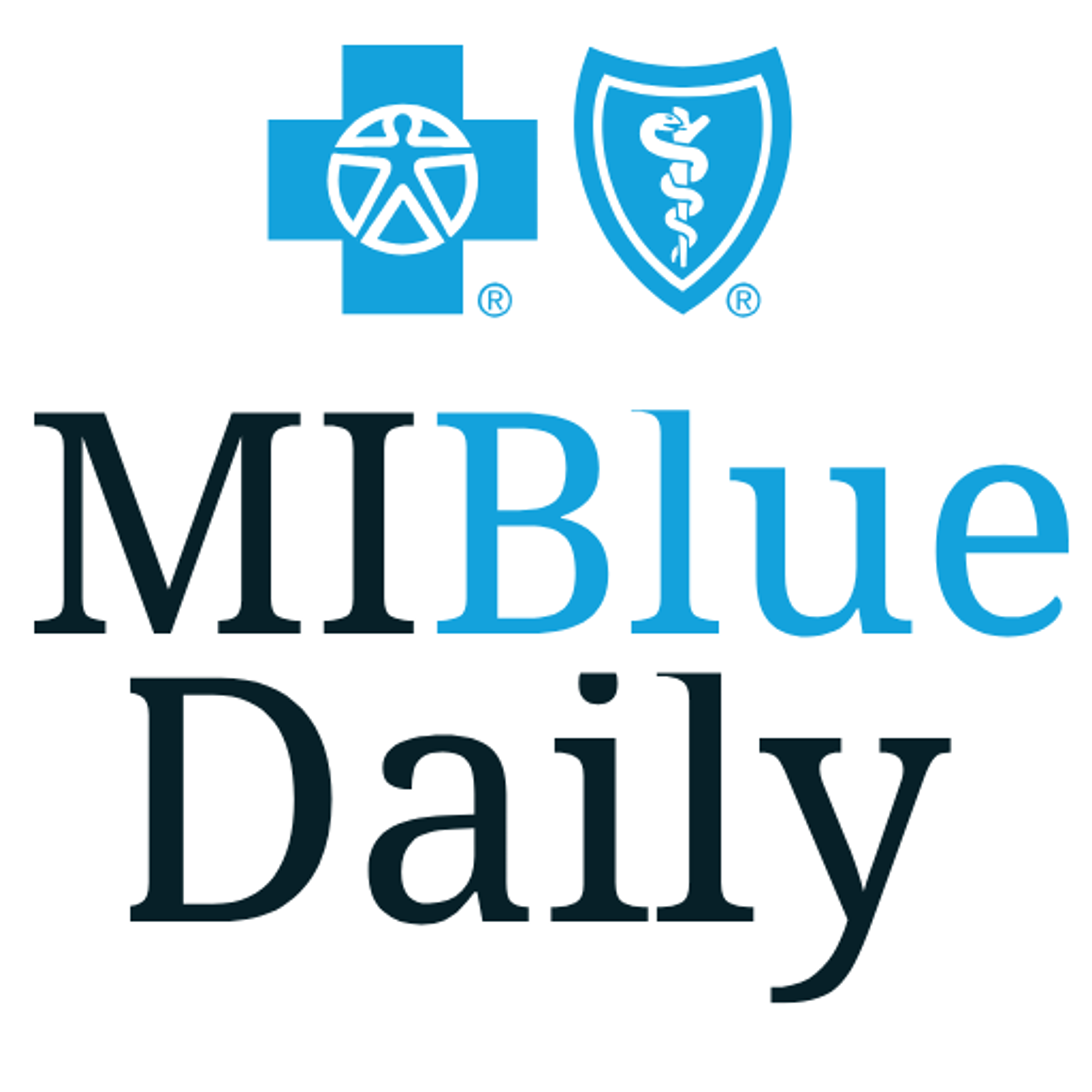What to Know About Open Enrollment Through Your Employer

Blue Daily
| 4 min read

Key Takeaways
- Review your medical history, consider upcoming services and consult with your primary care provider to determine the type of coverage you require.
- Compare premiums, out-of-pocket costs and coverage details among available plans, including HMO and PPO options.
- Look into Flexible Spending Accounts or Health Savings Accounts to set aside pre-tax funds for eligible medical expenses and make health care more affordable.
Figuring out which health insurance plan to choose through your employer isn't always easy. What kind of coverage do you need? What are the available options? What is most affordable for you?
As you prepare for Open Enrollment, this checklist can help you make the decision:
Assess health care needs
Take some time to review your health. Have you had recent illnesses or injuries? What has your primary care provider (PCP) shared about your health? Are you considering mental health counseling? Do you anticipate any changes or know of upcoming medical services you need?
If you’re struggling to figure out what kind of health care you’ll need, talk to your PCP about the type of screenings or health risks you have. While no one can predict the future or their health, this can help you determine whether you would like a comprehensive plan or additional benefits such as dental and vision care.
Review current coverage
Before considering a new plan, review your current coverage. This includes looking at existing benefits and coverage. If you've had a major life change such as getting married or having a baby, or if you’ve had a health event, this may affect the kind of coverage you need.
Knowing what kind of coverage you have now can help you understand if you need to change plans or if your current plan will continue to meet your needs.
Evaluate coverage and costs
Premiums are the monthly bill you pay insurance companies to maintain coverage. You pay this regardless of whether you use your benefits or not.
Out-of-pocket costs, including the deductible, are what you pay when you get care. Copayments, or copays, are a fixed-dollar-amount a patient will pay for health care services. Coinsurance is the percentage of covered health care services a patient is expected to pay after your deductible is met.
Consider these costs, along with the types and amount of health services and prescription drugs you think you may need in the next year.
Compare plan options
During open enrollment with your employer, these are some of the types of plans you may see. Take the time to evaluate the health insurance plans and network types, how they differ and what will work best for you. The most common types of plans include:
- Health maintenance organization (HMO): This plan may be best if you have fewer health care needs and see your PCP for an annual physical. Your PCP coordinates your care, and you’ll need referrals to see specialists in this plan.
- Preferred provider organization (PPO): This plan is best if you have more complex needs or want flexibility in seeking care. You can see doctors at any in-network facility and see specialists without a referral.
- Exclusive provider organization (EPO): This is a managed care plan in which you can only see a specific network of doctors and health professionals except in emergency or urgent care. You may choose this if you have fewer health needs and want a lower premium.
- High-deductible health plan (HDHP): This plan has higher out of pocket costs and lower monthly premiums, which you may want if you have fewer medical expenses and want a health savings account (HSA).
- Point of service (POS): This plan is like a cross between an HMO and PPO. You may want this plan if you want affordability and flexibility.
Consider Flexible Spending Accounts or Health Savings Accounts
If Flexible Spending Accounts (FSA) or (HSA) are offered through your employer, using these accounts can help make care more affordable.
FSAs allow employees to set aside pre-tax funds to cover eligible medical expenses such as primary care provider visits, prescriptions and medical supplies. This fund is available with most PPO plans. You must use the money by the end of the year, so it’s best to calculate how much money you think you need for the year.
An HSA is a personal savings account to set aside pre-tax money for qualified health care expenses. You can use money in an HSA to pay for health expenses for yourself and eligible dependents or save and invest the money in mutual funds for health expenses in retirement. HSAs are available with high-deductible health plans.
Image: Getty Image
Related:





